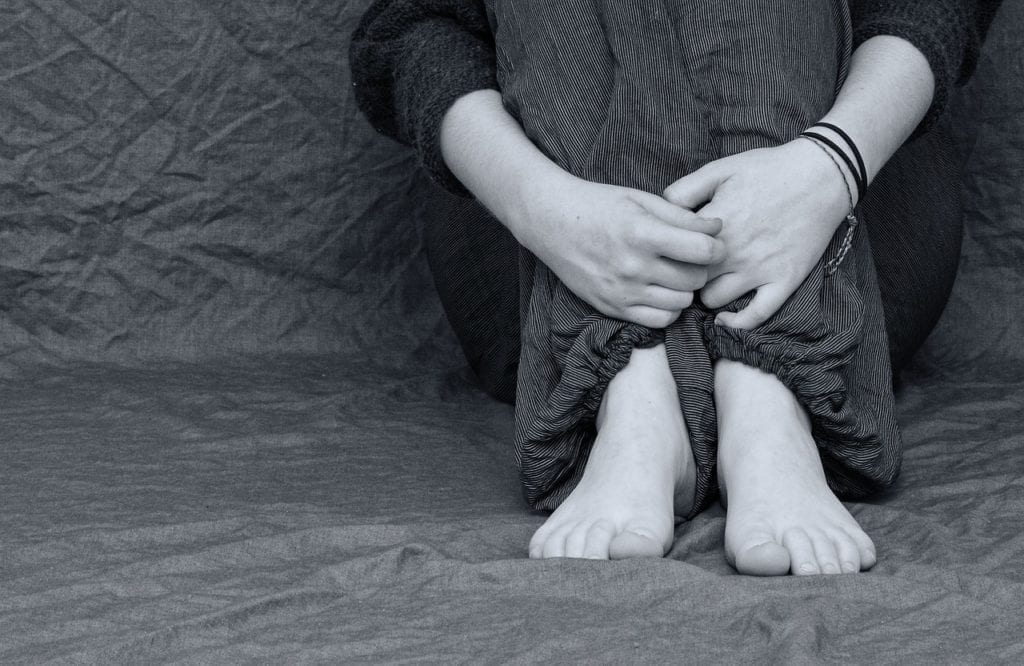I like nonsense, it wakes up the brain cells. Fantasy is a necessary ingredient in living, It’s a way of looking at life through the wrong end of a telescope. Which is what I do, and that enables you to laugh at life’s realities. – Dr. Seuss
Depression and anxiety are well-known challenges for many who suffer from any form of dystonia. Dr. Tiffanie Fennell, Clinical Health Psychologist, spent a recent Saturday in Seattle leading an interactive discussion with the Seattle Dystonia Support Group. Dystonia is sometimes referred to as the “Cousin of Parkinson’s” and it affects over 250,000 in North America alone. The exact number is unknown because many people with dystonia go untreated and end up living an isolated life plagued with depression and anxiety.
Let’s be honest, who really looks forward to a discussion on depression and anxiety? Probably no one. However, a significant theme in the meeting was that we can all benefit from openly sharing our experiences to learn effective methods for dealing with anxiety and depression. There is great value to be able to sit amongst a group of “dystonia doppelgangers” who can relate to the specific challenges dystonia patients face.
Depression and anxiety aren’t rare, but dystonia-driven depression and anxiety have their own unique flavor and misery. From getting out of bed to social interactions, some days and even weeks can be really tough and are rarely predictable. Waking up feeling like you’ve been “hit by a bus” is a difficult way to start the day, but that is life for many of us. Movement control issues can make a short face-to-face conversation with a stranger or even a close friend a daunting effort with an unforgiving awkwardness. As a natural response, many times the easiest solution is to keep to ourselves, avoiding the possibility of increased pain and potential social awkwardness.
For each of us, different triggers exist which seem to amplify dystonia symptoms, ultimately leading to increased depression and anxiety. The triggers can range from listening to loud music to looking from side to side while walking down the aisle at the grocery store. Obviously, the triggers are usually activities that are a normal part of everyday life for those around us. We find ourselves in the dilemma of avoiding these basic activities or suffering the consequences of firing up one of the symptoms. Of course, isolating ourselves like this is never helpful for depression and anxiety either. Similar to what Parkinson’s patients face, the “outside world” isn’t always understanding. Dystonia patients usually find themselves slowly losing friends and end up with a limited social life, both of which are essential to maintaining a healthy mental state.
Medical treatment options do exist to treat depression and anxiety. Finding the right medication(s) can be a challenging trial and error process and may prove to be fruitless in the end. It is extremely important for the dystonia patient to be a strong self-advocate when it comes to taking medications. In our discussion, it was mentioned several times that the dystonia patient actually helped their physician learn about dystonia. As many doctors are not familiar with dystonia, it is best not to assume anything when it comes to medications prescribed and to do your own research and question the doctor assertively. Potential side effects must be known as several psychosis medications can actually worsen the dystonia condition.
Known medications that may impact dystonia.
Non-medical treatment options for depression and anxiety treatment are plentiful and are only limited by your creativity. Nature is one of the simplest and most available. Just get outside! Feel the warmth of the sun and spend time absorbing the natural beauty around you every day. Taking a short walk or even sitting on your porch can do wonders to find some inner peace and healing. Other dystonia patients use a variety of activities including, but not limited to, meditation, yoga, dancing, and volunteering. You must seek out the best combination that works for you. Recognize that you may need to step out of your shell and try new activities to see what has the most positive impact on you.
Use the people around you for support and stay engaged. Join a local dystonia support group if one is available. The Seattle Dystonia Support Group has been a blessing for all of us and has helped each of us become “normalized” as we all can relate to each other with this rare disease. It should be noted again that being your own self-advocate and being assertive is essential to having positive people support. Friends and family will forget and will not always understand what you are experiencing. You may need to re-educate them on occasion and not assume they know where you are coming from on any certain day regarding your dystonia.
There is no single solution for anyone, but many options exist to effectively treat depression and anxiety for dystonia patients. Each of us must find the optimal balance of medical and non-medical treatments. The non-medical treatment options are endless, but understand that you will need to “self-discover” your best activities and may need to adjust these methods on occasion.






